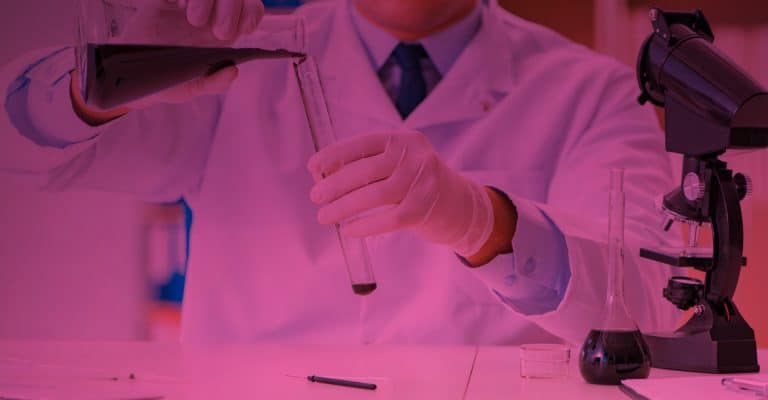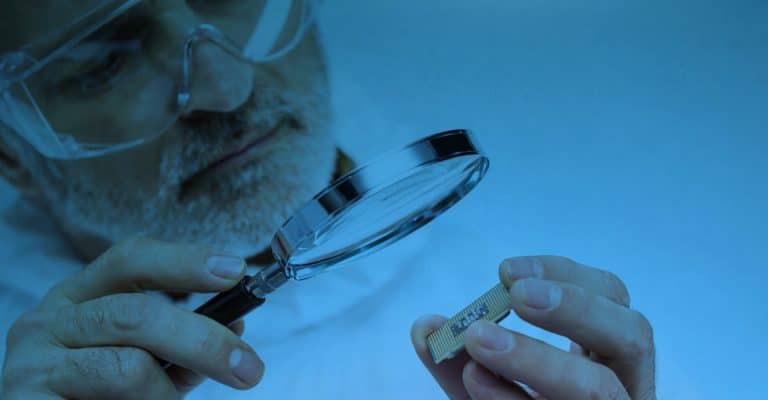The Intersection of Technology and Health: Innovations in Health Science
April 23, 2024 2024-04-23 17:41The Intersection of Technology and Health: Innovations in Health Science
Introduction
In the modern world, health science is at the forefront of innovation, revolutionizing the way we understand, prevent, and treat illnesses. With the rapid advancements in technology, the field of health science has seen unprecedented growth, leading to improvements in patient care, diagnostic procedures, and therapeutic treatments. This article explores some of the most significant technological breakthroughs in health science and their impact on society.
Telemedicine and Remote Monitoring
One of the most transformative changes in health science is the rise of telemedicine. This technology allows patients to receive medical consultations and follow-ups via digital platforms, reducing the need for in-person visits. Telemedicine is particularly vital in rural or underserved areas where medical facilities may be scarce. Furthermore, remote monitoring technologies enable physicians to monitor patients’ health in real-time, ensuring timely interventions and better management of chronic conditions.
Genomic Medicine
Genomic medicine has changed the way we approach diseases at a molecular level. By analyzing a person’s genetic code, doctors can predict the risk of developing certain diseases, tailor treatments to individual genetic profiles, and even modify genes to prevent disease. This personalized approach not only enhances the efficacy of treatments but also minimizes adverse reactions, paving the way for more precise and effective healthcare.
Artificial Intelligence in Diagnosis
Artificial Intelligence (AI) has made significant strides in diagnosing diseases with greater accuracy and speed than ever before. AI algorithms can analyze vast amounts of medical data, such as images and test results, to identify patterns that may elude human observers. This capability is particularly impactful in fields like oncology, where early detection is crucial for successful treatment outcomes.
Wearable Health Technology
Wearable technologies have become increasingly popular for monitoring health metrics such as heart rate, sleep patterns, and physical activity. These devices provide continuous health tracking, empowering individuals to take charge of their health and make informed decisions. Moreover, the data collected can help healthcare providers better understand patient behaviors and tailor interventions accordingly.
3D Printing in Medicine
3D printing technology has opened new possibilities in health science, particularly in the manufacturing of prosthetics and bioprinting tissues and organs. Customized prosthetics, created through 3D printing, are more comfortable and functional for patients, improving their quality of life. Additionally, researchers are exploring 3D bioprinting as a method to produce viable tissues for transplantation, potentially reducing organ shortages in the future.
Challenges and Ethical Considerations
Despite these advancements, the integration of technology in health science brings several challenges. Privacy concerns, especially related to the handling of sensitive health data, are paramount. There is also the need for robust ethical guidelines to govern the use of AI and genetic editing technologies to prevent misuse and ensure that these innovations benefit all segments of society equally.
Conclusion
The integration of technology in health science holds great promise for enhancing healthcare delivery and disease management. As we continue to navigate the complexities of these innovations, it is crucial to balance technological advancements with ethical considerations to ensure that the benefits of these developments are accessible to everyone. With continued research and thoughtful implementation, the future of health science looks bright, promising better health outcomes for generations to come.




















